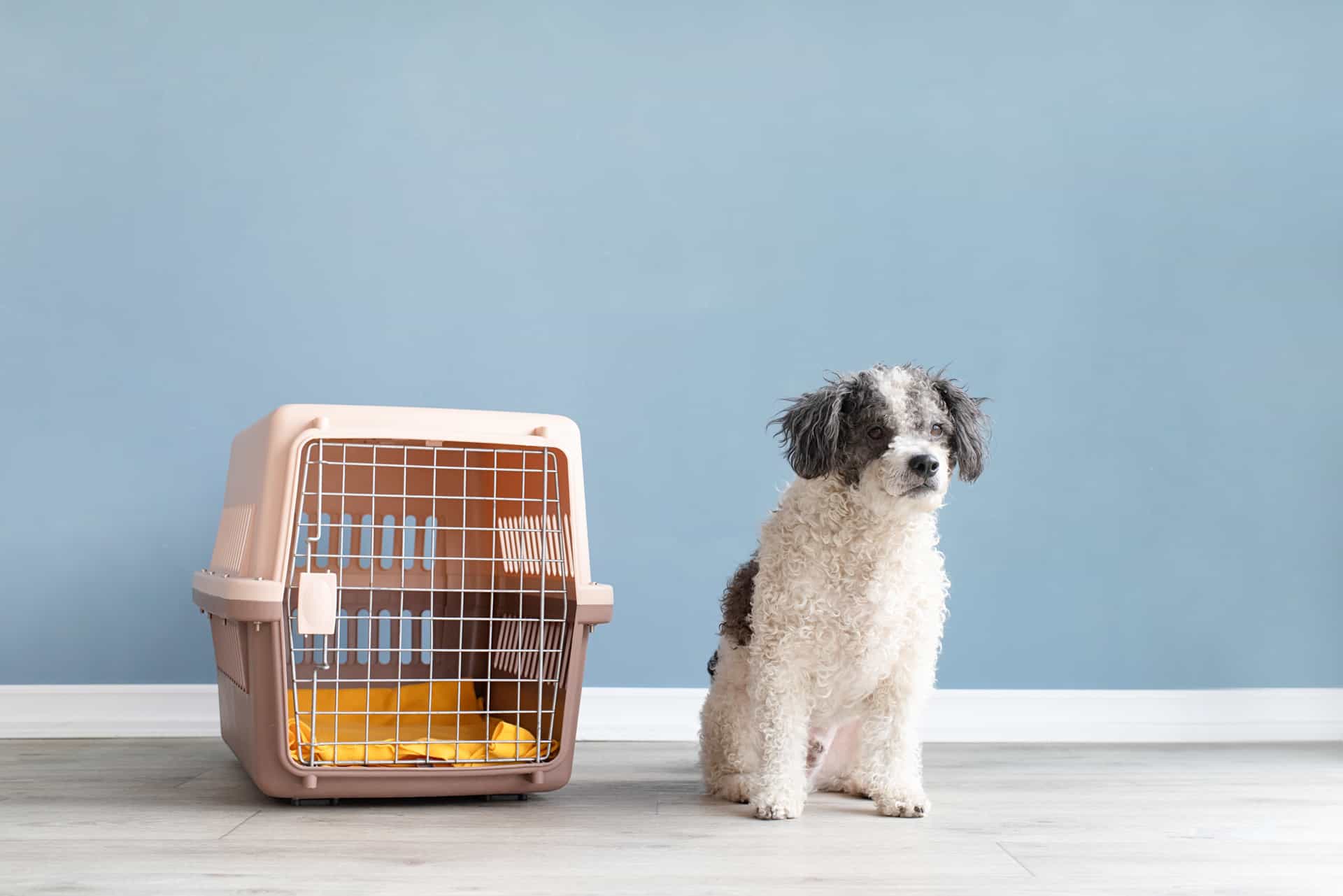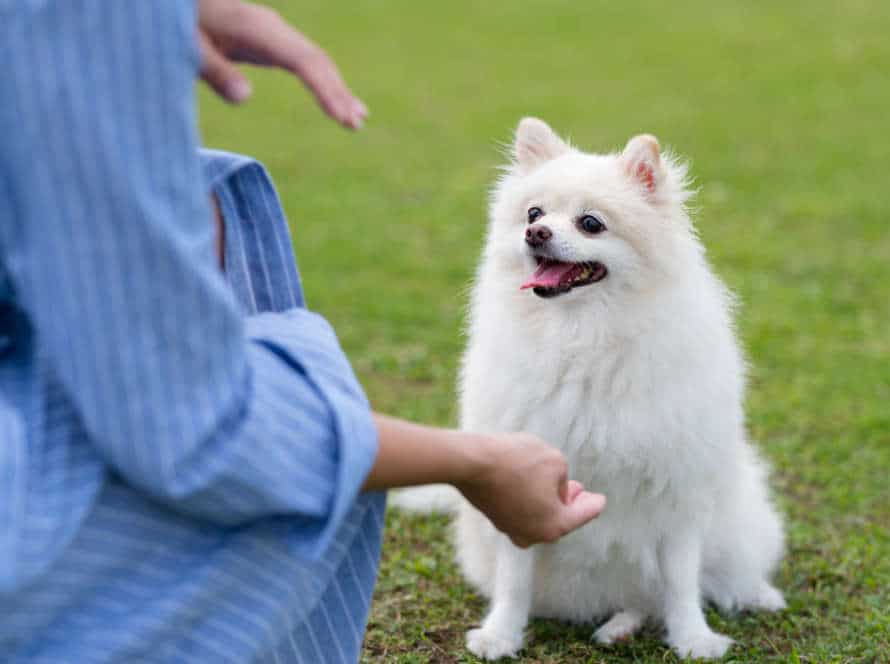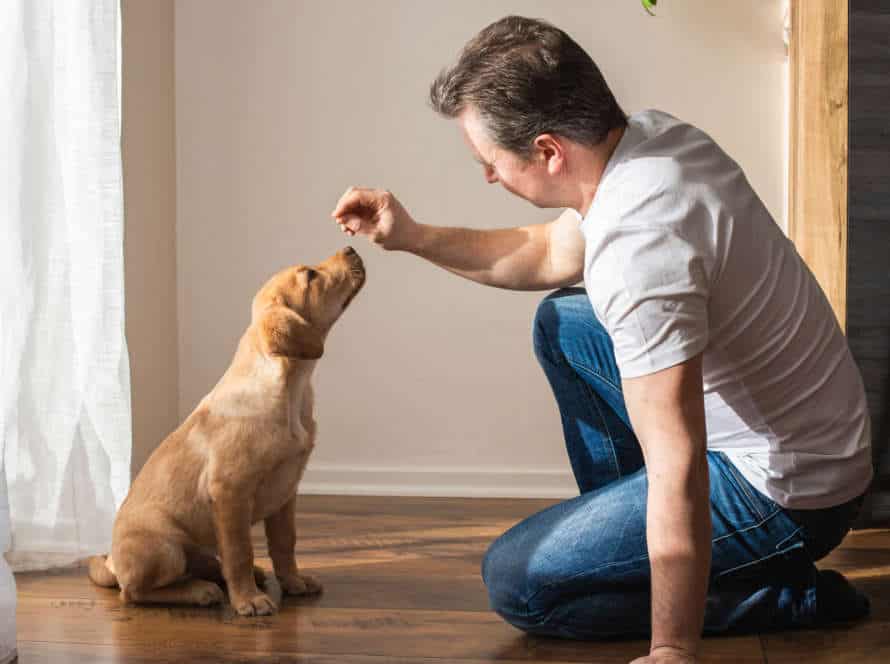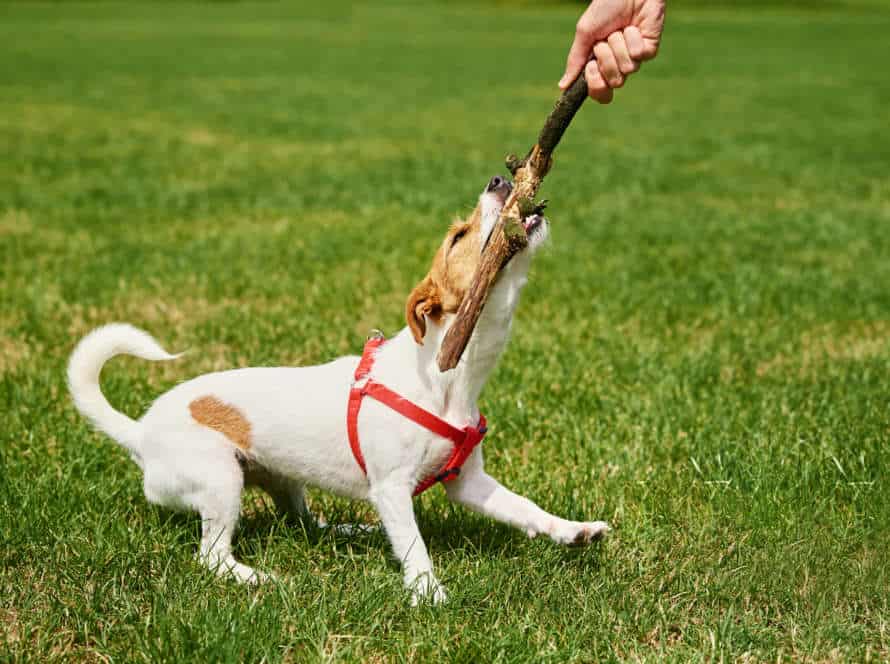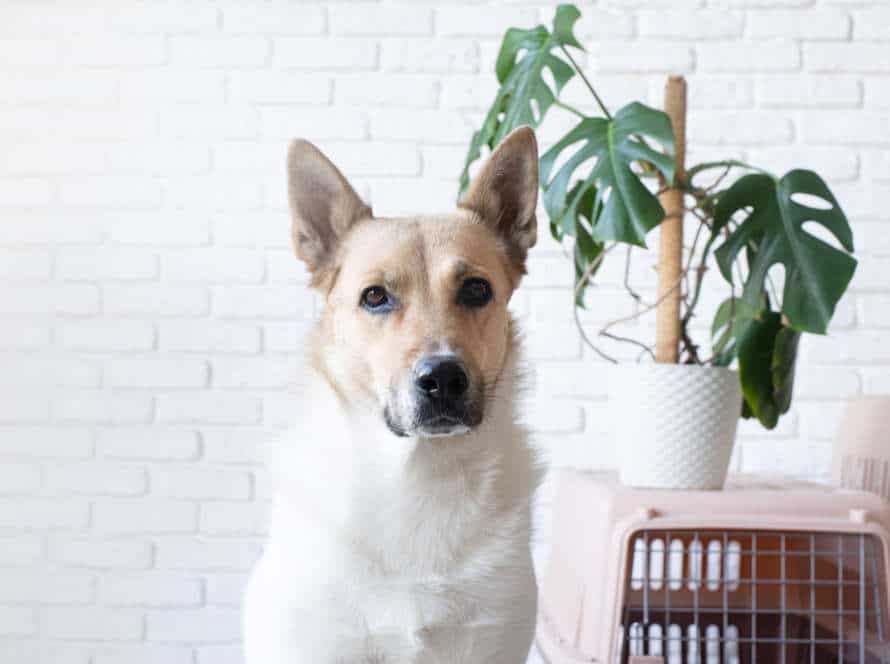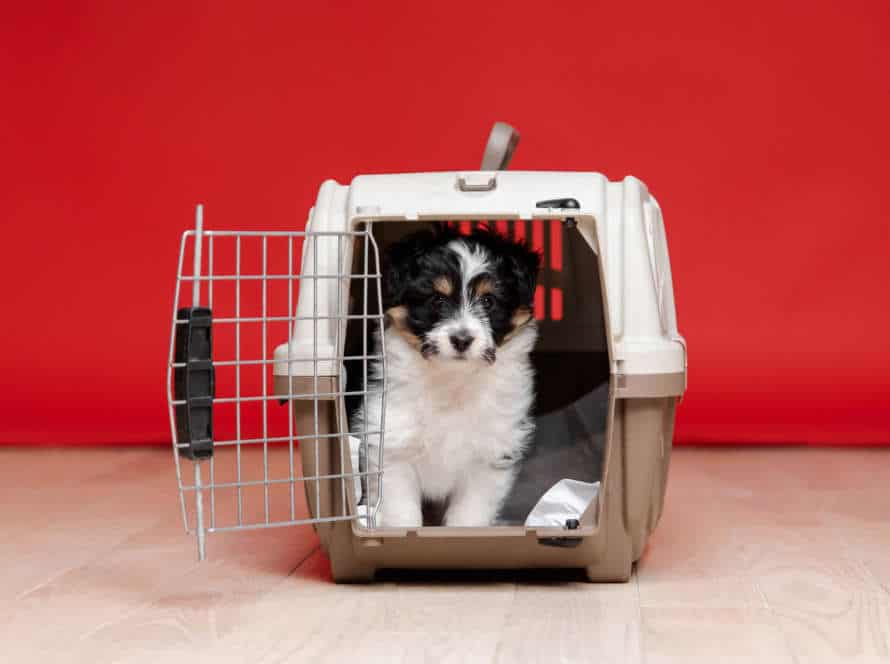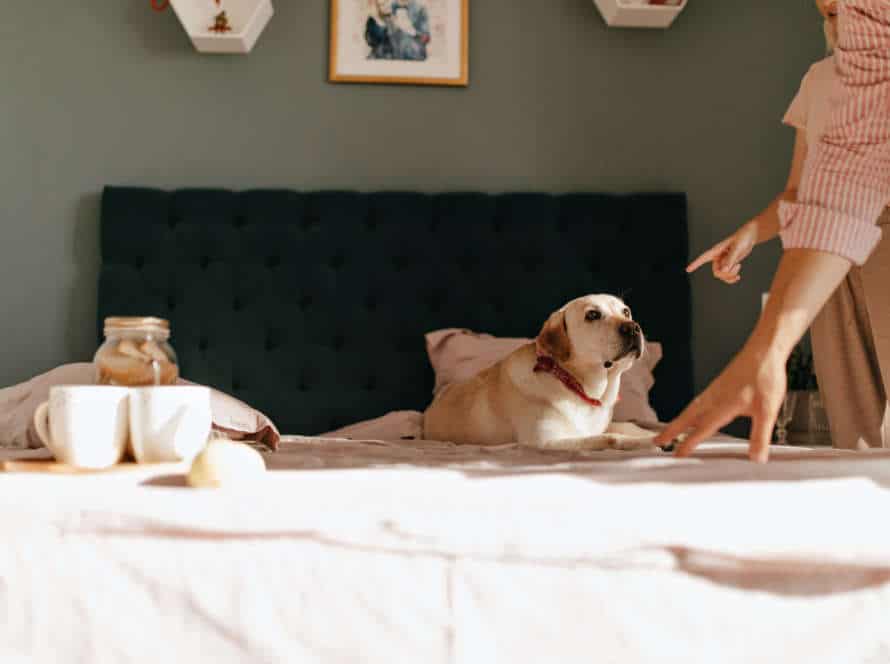Establishing a Crate Training Schedule: Tips for Success
Crate training your pup is essential for them to be house-trained and well-behaved. Here are some tips to make it successful:
- Start slow. Let your pup explore the crate on their own terms.
- Make it positive. Give treats and praise when they go in voluntarily.
- Set a consistent schedule. Set times for meals, bathroom breaks, and crate time.
- Be patient. Crate training takes time. Don’t give up too soon.
- Remember: the crate should not be used as punishment.
With patience and consistency, crate training can be a good experience for both of you.
Understanding Crate Training
Crate training is cool! It’s a great way to help your pup learn about being house-trained. Plus, it keeps them safe when they’re feeling anxious. It gives them a cozy and comfy spot that’s all theirs.
It’s essential to set up a schedule that works for both you and your pup. So, let’s look into the key aspects of crate training!
Benefits of Crate Training for Dogs
Crate training is a great way of teaching puppies and dogs how to be good-natured and settled in their home. Here are some of its benefits:
- Creating a safe spot: A crate offers a secure and comfy area for a dog to go to when they feel anxious or worried. It also keeps them safe when you’re away.
- Stopping destructive behavior: Crate training can stop dogs from chewing furniture, shoes, or other things when you’re not around.
- Housebreaking: Dogs are naturally clean animals, so they won’t mess in their crate. This helps them learn good toilet habits.
- Establishing a routine: Crate training sets up a routine for giving food, playing, and toilet breaks. When you stick to the same schedule, dogs can feel more settled and less nervous.
For successful crate training, take it slowly, be consistent, and give lots of positive reinforcement.
Best Time to Crate Train
Crate training is a great way to house-train your pup or adult dog. Knowing when to start is essential.
The best time to begin crate-training your pup is when they’re 8-12 weeks old. Young pups take to routines and new environments easily, including crates. However, you can still crate train an adult dog.
Start by introducing your pup to the crate. Use treats and positive reinforcement to create a positive association. Once your pup is comfy in the crate, increase the time spent inside.
Timing is key when it comes to crate-training and potty breaks. Take your pup outside to go to the bathroom after sleeping, eating and being in the crate for extended periods. Keep a consistent schedule to help your pup form healthy toilet habits.
Pro tip: Use a crate cover to create a cozy and calming environment, letting your pet know it’s time to relax and sleep.
Ensuring the Right Crate Size
Picking the right size of crate is key for your pup’s ease and good health during crate training. It should be big enough for them to stand, turn around and lie down easily. But not too big, as it can impede crate training. If it’s too roomy, your dog may think of it as a sleep spot, not a secure den.
When selecting a crate:
- Measure pup’s height from the floor to the top of the head, then add 2-4 inches for the minimum height of the crate.
- Measure pup’s length from nose to tail, then add 2-4 inches for the minimum length of the crate.
Once you have chosen a crate, introduce pup to it slowly and carefully, and stick to a crate training schedule for success. Pro tip: Place a comfy blanket or bedding in the crate to make it more inviting.
Designing a Crate Training Schedule
Crate training is an awesome way to teach your pup proper behaviour and house train them. It gives them a safe space when you’re away. Setting up a routine for crate training is key for success. Here are some tips for making a good schedule for your pup! Provide them with structure and guidance.
Week 1 – Introduction to the Crate
The first week of crate training is essential for building a strong base for your pup’s behaviour and obedience. Introduce your dog to the crate and create a plan for them to adjust to the new atmosphere. Here are some ideas for constructing a useful crate-training schedule:
- Start with placing treats and toys in the crate and let your dog discover it on their own.
- Slower and slower, extend the time your pet spends in the crate, beginning with a few minutes, and then raising it to longer periods through the day.
- Create a regular eating and potty timetable, and include crate time in these schedules.
- Generate a positive relationship with the crate by using a peaceful and positive tone when talking to your pup, and offering them plenty of treats and appreciation.
Remember that crate training requires time and patience, and regularity is the key to success. Abide by your schedule and gradually raise the period your pup spends in the crate to make them feel safe and secure.
Familiarizing the Dog with the Crate
Familiarizing a pup with the crate is essential in crate training. Here are some useful tips to get you started:
- Introduce the crate to your pup – leave the door open, put familiar items inside like toys, treats, bedding.
- Encourage your pup to explore the crate on their own – don’t force them to enter or use it.
- Feed your pup near the crate – it will associate it with positive experiences like food.
- Once comfy with the crate, begin closing the door for a few seconds when you’re in the room with them. Increase the time gradually.
It’s important to have a crate training schedule that fits your pup’s age, size and temperament. For example, puppies need frequent potty breaks, adult dogs can hold their bladder longer. A successful schedule includes regular potty breaks, meals and exercise.
Pro Tip: Be patient and consistent during the process. With time, your pup will learn to love the crate as a safe and comfortable space.
Using Treats and Positive Reinforcement
Crate training your pup? Treats and positive reinforcement are key! Create a positive association with the crate to make the process smoother. Here’s how:
- Give treats when pup enters crate voluntarily.
- Use cues, like “crate” or “kennel,” to signal pup to enter and reward them when they do.
- Increase time pup spends in crate: start with a few minutes and build up to longer periods.
- When pup stays in crate for desired period, treat them with treats, toys, and praise.
Be patient and consistent! With time, pup will learn to love their crate as a safe and comfy space.
Week 2 – Increasing Time Spent in the Crate
Week 2 of crate training your pup is important. It sets expectations, builds routine and gets them used to it. Here’s a schedule:
- Day 1-2: Start with 10-15 mins in the crate while you are nearby.
- Day 3-4: Increase to 20-30 mins and move around the room.
- Day 5-6: Leave the room for short periods. Increase time alone.
- Day 7: Your pup should be comfortable up to an hour. Be patient and use positive reinforcement.
By the end of the week, they should be calmer and feel ok with longer periods by themselves.
Introduction of Longer Crate Times
Introducing longer crate times for your pup is key for success in crate training. It’s a process of making them feel safe and comfortable with the crate. Some tips to help:
- Start slowly – Increase time in the crate from a few minutes to several hours.
- Create positive vibes – Reward with treats, toys and praise.
- Provide fun – Give toys and chew treats for entertainment.
- Be consistent – Stick to a schedule for crate times and rewards.
Crate training can be positive – With patience and consistency.
Positive Reinforcement Techniques
It’s important to use positive reinforcement techniques for successful crate training of your pet. Here are two that work great:
- Treats & Praise: Give small treats when your dog enters and exits the crate on their own. Praise them when they go in willingly. Gradually lower how often you give treats as they get used to it.
- Comfort items: Put their favorite toys, blankets and a bed in the crate. This will make them feel safe and happy when in it.
Remember to stay consistent. Make a schedule for crate training and stick to it. Start by putting them in the crate for short periods when you’re home and slowly increase the time.
Bonus tip: If you have a puppy, get a crate with a divider to fit as they grow.
Week 3 – Reinforcing Positive Behavior in the Crate
Reinforcing positive behavior is essential during the 3rd week of crate training. Here are some pointers to help:
- Provide treats and say ‘good job’ when your pet goes in the crate by choice.
- Make it a happy experience by gradually increasing the crate time.
- Don’t punish or scold your pet while in the crate. It will cause distress and negative feelings.
- Set a routine for meals and toilet breaks. Time crate time accordingly.
- Practice coming and going multiple times a day to help your pet get used to being alone in the crate.
- Give your pet toys, blankets or a comfy bed to make it a warm and secure environment.
- Most importantly, be patient and consistent in rewarding good behavior to encourage successful crate training.
Scheduling Regular Crate Time
Creating a routine crate training schedule is essential to ensure your pup loves their den and feels safe. Here are some tips-
- Set regular crate time each day, so your pup can learn the routine.
- Put the crate in a comfy spot in your house. Not in direct sunlight or areas with extreme temperatures.
- Start slow and gradually increase crate time. Your pup needs to feel secure.
- Don’t punish your pup for misbehaving in their crate. Make it more appealing with toys and treats.
- Find ways to have positive experiences in the crate. Treats or meals. Games too.
With patience and consistency, your pup will learn to love their crate and see it as their safe space.
Rewarding Good Behavior
Giving rewards for nice behavior is a must when crate training a pup. Here’s how to create a winning routine:
- Start Gradually: Leave the crate door open and place treats and toys inside. This will help your dog have good feelings about the crate.
- Use Positive Reinforcement: Offer treats and praise when they enter or stay calm in the crate.
- Set a Routine: Have a plan for crate training, including meal times, exercise, and potty breaks. Sticking to it is key.
- Never Use the Crate as Punishment: Your dog should think of the crate as a safe and cozy spot, not a place to be scolded.
- Increase Crate Time Slowly: When your dog is happy in the crate, add time there in small steps, from short intervals to longer periods.
By giving rewards and using these tips, your pup will learn to love their crate and feel safe and relaxed when in it.
Best Practices for Crate Training Success
Crate-training is a great and kind way to help your pup get used to a new home. Making and adhering to a crate-training timetable is essential for your pup to adjust to their new environment. This section will focus on the best methods for crate-training success.
Consistency in Crate Training Routine
Successful crate training requires a consistent routine. Here are some best tips:
- Introduce your pet to the crate gradually; let them explore it at their own pace.
- Start with short periods in the crate and increase the duration over time.
- Be positive when interacting with your pet in the crate.
- Create a routine – like placing your pet in the crate before you leave and letting them out when you come back.
- Stay consistent with the routine; this will help your pet feel secure in the crate.
Crate training takes time, patience and consistency. With effort and positive reinforcement, your pet will learn to love the crate.
Making the Crate a Comfortable Environment
Creating a cozy atmosphere for your canine in their crate is vital for crate training. Here are some top tips for success:
- Choose a crate that fits your pup’s size and gives them plenty of space to stand, turn, and lay down easily.
- Put comfy bedding, like a blanket or pup bed, in the bottom of the crate.
- Provide your pup with chew toys and other safe playthings to occupy them.
- Avoid using the crate for punishment or extended time. This could create bad feelings towards the crate and mess up the training.
- Create a regular crate training schedule and slowly increase the time they are in the crate, to help them get used to it.
Pro Tip: Utilize positive reinforcement such as treats, compliments, and playtime – to motivate your pup to see the crate as a happy and comfy spot.
Avoiding Negative Reinforcement Techniques
Crate training is a great way to train your pup. But, negative reinforcement techniques should be avoided for success. Here are some tips for optimizing crate training:
- Never use the crate as a punishment.
- Encourage your dog to enter the crate using treats, praise & games.
- Have a consistent schedule & increase the time your dog spends in the crate slowly. Reward good behaviour.
- Make the crate inviting with comfy bedding & toys to keep your pup content.
By following these steps, you & your furry companion can have a positive crate training experience.
Frequently Asked Questions
Q: How long should I leave my dog in the crate during crate training?
A: The general rule of thumb is to leave your dog in the crate for no longer than their age in months plus 1 hour. For example, if your dog is 3 months old, they should not be left in the crate for more than 4 hours at a time.
Q: How do I get my dog used to the crate?
A: Start by introducing your dog to the crate in a positive way, such as placing treats or their favorite toys inside. Encourage them to go inside on their own, and reward them when they do. Gradually increase the amount of time they spend in the crate, and always make it a positive experience for them.
Q: Should I use the crate as punishment for my dog?
A: No, the crate should never be used as a form of punishment for your dog. It should always be seen as a safe and comfortable space for them to go to when they need rest or alone time.
Q: Can I crate train an older dog?
A: Yes, you can crate train a dog of any age. However, it may take longer for an older dog to adjust to the crate, and you should always make sure the crate is big enough for them to stand up, turn around, and lie down comfortably.
Q: Is it cruel to crate train my dog?
A: No, if done properly, crate training can actually be beneficial for your dog. It can provide a safe and secure space for them to go to when they need it, and can also help with potty training and reducing destructive behavior.

